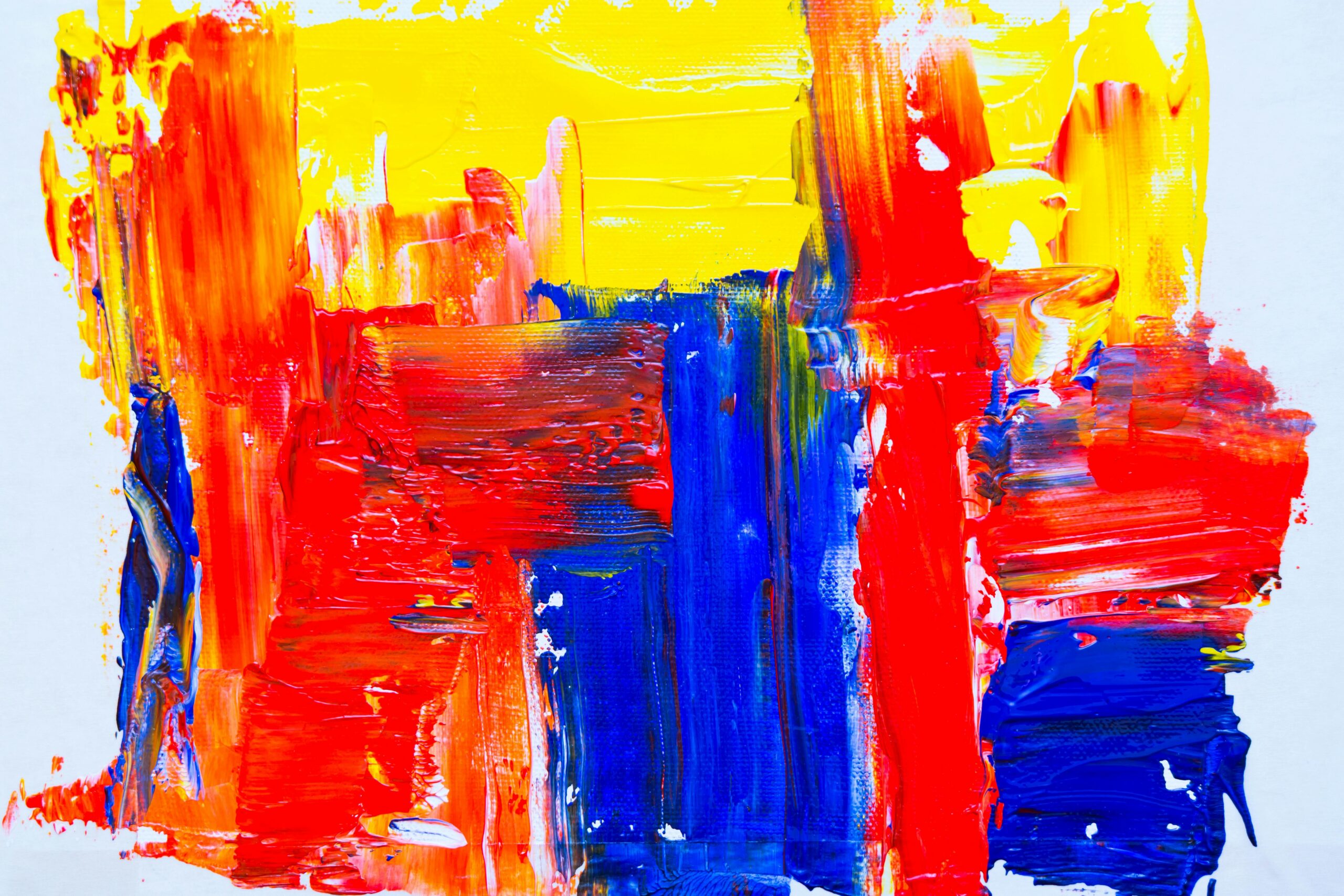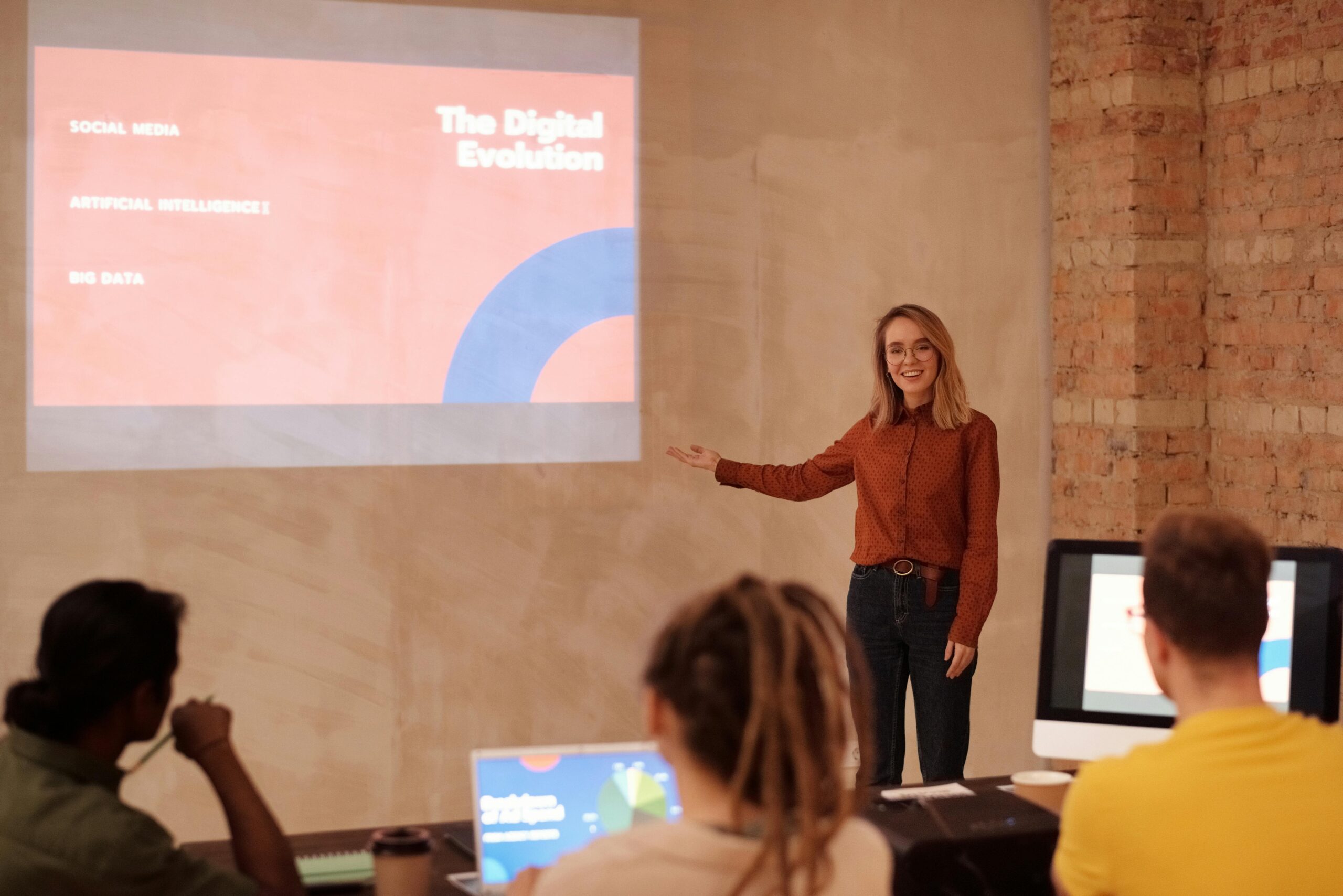Artificial intelligence is fundamentally transforming how we create, experience, and understand emotional expression in art, bridging the gap between technological precision and human feeling.
🎨 The Dawn of Emotion-Aware Creative Systems
The intersection of artificial intelligence and emotional intelligence represents one of the most fascinating developments in contemporary art. For centuries, artists have sought to capture and convey human emotions through their work. Now, AI systems are learning to recognize, interpret, and even generate art that resonates on an emotional level with viewers.
This revolution isn’t about replacing human creativity but rather augmenting it with tools that understand affective dimensions. Machine learning algorithms can now analyze facial expressions, color psychology, compositional elements, and cultural contexts to create artwork that deliberately evokes specific emotional responses.
The technology behind emotionally intelligent art combines computer vision, natural language processing, and generative models. These systems are trained on vast datasets of artwork labeled with emotional content, allowing them to learn the visual language of feelings. From melancholic blues to vibrant expressions of joy, AI is becoming fluent in the grammar of emotion.
Understanding Affective Computing in Artistic Contexts
Affective computing, a field pioneered by MIT researcher Rosalind Picard in the 1990s, focuses on developing systems that can recognize, interpret, and simulate human emotions. When applied to art creation, this technology opens unprecedented possibilities for personalized and responsive creative experiences.
Modern AI art generators utilize sentiment analysis to understand the emotional tone of text prompts. When a user requests “a painting that captures the feeling of nostalgia,” the system doesn’t just process words—it understands the complex emotional state associated with longing for the past and translates that into visual elements.
These systems employ neural networks that have studied millions of images alongside emotional annotations. They’ve learned that certain color palettes, lighting conditions, and compositional choices correlate strongly with specific feelings. Warm orange hues often evoke comfort and nostalgia, while stark contrasts and angular shapes might generate tension or unease.
The Science Behind Emotional Recognition in Visual Art
Research in neuroaesthetics—the study of how our brains respond to art—has provided crucial insights for developing emotionally intelligent AI. Scientists have identified specific brain regions that activate when viewing art with strong emotional content, and these findings inform how AI systems are designed.
AI models now incorporate principles from psychology, such as the circumplex model of affect, which maps emotions along dimensions of valence (pleasant to unpleasant) and arousal (activated to deactivated). This framework helps AI understand that emotions exist on a spectrum rather than as discrete categories, enabling more nuanced artistic expression.
🤖 How AI Creates Art That Moves Us
The process of AI-generated affective art involves several sophisticated steps. First, the system must understand the desired emotional outcome—whether through text prompts, reference images, or even analysis of the user’s current emotional state through facial recognition or voice analysis.
Next, the AI draws upon its training to select appropriate visual elements. This includes choosing color schemes based on color psychology research, determining composition based on how visual weight and balance affect emotional perception, and selecting textures and patterns that convey specific moods.
Generative adversarial networks (GANs) and diffusion models have become particularly adept at this task. These systems work iteratively, generating images and refining them until they match both aesthetic and emotional criteria. The discriminator network in a GAN setup acts as an emotional critic, evaluating whether the generated art successfully conveys the intended feeling.
Personalization and Emotional Resonance
One of the most powerful aspects of AI in affective art is personalization. Traditional art speaks to many people, but AI can create pieces specifically designed to resonate with individual emotional experiences and preferences.
Systems can analyze a user’s history of interactions with art, learning which styles, colors, and subjects elicit positive responses. Over time, the AI develops an emotional profile that allows it to generate increasingly personalized artwork that speaks directly to that individual’s sensibilities.
This personalization extends beyond simple preference matching. Advanced systems can detect a user’s current emotional state through various inputs—text sentiment, voice analysis, or even biometric data—and create art designed to complement, enhance, or transform that emotional state.
Real-World Applications Transforming Creative Industries 🌍
The practical applications of emotionally intelligent AI art are already reshaping multiple industries. In therapeutic contexts, AI-generated art is being used to help patients express and process difficult emotions. Art therapists are incorporating these tools to create personalized visual aids that help clients explore their inner emotional landscapes.
The entertainment industry is leveraging this technology for creating emotionally dynamic environments in video games and virtual reality experiences. Instead of static artwork, games can now feature backgrounds and visual elements that shift based on the emotional tenor of the story or the player’s actions.
Marketing and advertising professionals are using emotionally intelligent AI to create visual content that resonates with target demographics on a deeper level. By analyzing emotional responses to different visual elements, brands can optimize their visual communications for maximum emotional impact.
Music Visualization and Synesthetic Experiences
AI is creating remarkable synesthetic experiences by translating the emotional content of music into visual art. Systems analyze musical elements like tempo, key, harmonic complexity, and dynamics to generate artwork that visually represents the feeling of the music.
These applications create immersive experiences where visual and auditory emotional content reinforce each other, producing more powerful affective responses than either medium alone could achieve. Concert venues and streaming platforms are increasingly incorporating these technologies to enhance musical experiences.
The Collaborative Dance Between Human and Machine 💫
The most exciting developments in emotionally intelligent AI art emerge from human-AI collaboration rather than AI working in isolation. Artists are discovering that AI can serve as a creative partner, suggesting emotional dimensions they hadn’t considered or helping them realize emotional visions more effectively.
This collaborative approach often begins with an artist defining the emotional intent of a piece. The AI then generates multiple interpretations or variations, which the artist can refine, combine, or use as inspiration for further development. This iterative process allows for a depth of emotional exploration that would be time-prohibitive through traditional methods alone.
Many artists report that working with emotionally intelligent AI has expanded their creative vocabulary. The systems sometimes make unexpected choices that effectively convey emotions through non-traditional means, challenging artists to think differently about their emotional expression.
Ethical Considerations in Affective AI Art
The power to create emotionally manipulative art raises important ethical questions. If AI can be precisely calibrated to evoke specific emotional responses, there’s potential for misuse in contexts ranging from advertising to propaganda.
Artists and developers are grappling with questions of authenticity and emotional sincerity. Can art created by an entity that doesn’t genuinely feel emotions be considered emotionally authentic? Does the lack of lived emotional experience in AI diminish the value or meaning of the art it creates?
There’s also concern about emotional homogenization. If AI systems are trained predominantly on Western art and emotional expressions, they may perpetuate cultural biases about what emotions look like visually, potentially erasing diverse cultural approaches to emotional representation.
🔮 The Future Landscape of Emotion-Driven AI Art
Emerging developments suggest even more sophisticated emotionally intelligent art systems are on the horizon. Researchers are working on AI that can understand complex, mixed emotions—the bittersweet, the anxious excitement, the guilty pleasure—and represent these nuanced states visually.
Future systems may incorporate real-time biometric feedback, adjusting artwork dynamically based on the viewer’s physiological responses. Imagine gallery installations where the art literally responds to how you feel when viewing it, creating a feedback loop of emotional exchange between viewer and artwork.
Integration with brain-computer interfaces could eventually allow direct translation of emotional states into visual form, bypassing language entirely. Artists with conditions that make verbal or manual expression difficult could use these systems to directly externalize their inner emotional experiences.
Multimodal Emotional Expression
The future of affective AI art likely involves integrating multiple sensory modalities. Systems are being developed that create cohesive emotional experiences across visual, auditory, and even olfactory channels, generating artwork that engages multiple senses simultaneously for more immersive emotional impact.
This multimodal approach recognizes that human emotional experience is inherently synesthetic—we associate emotions with colors, sounds, textures, and even scents. AI systems that can orchestrate these different sensory elements could create unprecedented emotional depth in artistic experiences.
Democratizing Emotional Expression Through Technology 🎭
One of the most promising aspects of emotionally intelligent AI art is its potential to democratize creative emotional expression. Not everyone has the technical skills to paint, sculpt, or create traditional art, but AI tools are making it possible for anyone to generate artwork that captures their feelings.
This accessibility has particular significance for communities that have been historically excluded from fine art spaces. AI art tools can help people without formal training create powerful emotional artwork, validating their experiences and giving them visual vocabulary to share their inner lives.
Educational institutions are beginning to incorporate these tools into art therapy and social-emotional learning curricula. Students can use AI to explore and express their emotions in ways that feel less vulnerable than traditional art-making, potentially lowering barriers to emotional literacy and expression.
Technical Innovations Powering Affective Art Generation
The technical foundation for emotionally intelligent art continues to evolve rapidly. Transformer architectures, originally developed for natural language processing, have proven remarkably effective at understanding the contextual and cultural nuances of emotional expression in visual art.
New training techniques allow models to learn from much smaller datasets of emotionally annotated art, making it feasible to train systems on specific emotional vocabularies or cultural contexts. This enables more diverse and culturally sensitive emotionally intelligent art systems.
Advances in interpretable AI are making it possible to understand why a system makes particular artistic choices when conveying emotion. This transparency helps artists and researchers refine these systems and ensures that the emotional logic behind generated art aligns with human understanding.
Integration with Traditional Art Forms
Rather than existing separately from traditional art, emotionally intelligent AI is increasingly being integrated into conventional artistic practices. Digital tools now offer emotion-aware color palette suggestions, composition assistance based on desired emotional impact, and real-time feedback on the emotional tone of works in progress.
These integrations respect traditional artistic processes while augmenting them with emotional intelligence. A painter might use AI analysis to understand how their color choices are affecting the emotional tone of a piece, then make informed adjustments while maintaining complete creative control.
Measuring Success: When Does AI Art Truly Connect? 📊
Evaluating the success of emotionally intelligent AI art presents unique challenges. Traditional metrics of technical quality or aesthetic appeal don’t fully capture whether artwork successfully conveys or evokes intended emotions.
Researchers are developing new evaluation frameworks that combine subjective emotional responses with objective measures. These include tracking physiological responses like heart rate variability and skin conductance, analyzing verbal descriptions of emotional reactions, and using computational methods to assess emotional coherence in the artwork itself.
The most meaningful measure, however, remains whether the art creates genuine emotional connection with viewers. Studies comparing AI-generated emotional art with human-created works show that viewers often can’t distinguish between them based on emotional impact alone, suggesting AI has achieved significant sophistication in this domain.

🌟 Embracing the Emotional Future of Artificial Creativity
The revolution in emotionally intelligent art represents more than technological advancement—it signals a fundamental shift in how we think about the relationship between emotion, creativity, and computation. As AI systems become more sophisticated at understanding and generating affective content, they challenge our assumptions about what machines can and cannot do.
This technology invites us to reconsider what we value in art. If emotional resonance is a primary goal of artistic expression, and AI can achieve that resonance, perhaps we need to expand our definitions of creativity and authorship. The most productive path forward likely involves embracing AI as a powerful tool for emotional exploration rather than viewing it as a threat to human artistic identity.
The artists, developers, and researchers working at this intersection are not just creating new tools—they’re expanding the possibilities of human emotional expression. By teaching machines to understand feelings, we’re also gaining new insights into our own emotional lives and developing new languages for sharing our inner experiences with others.
As emotionally intelligent AI art continues to evolve, it promises to make emotional expression more accessible, more personal, and more powerful. Whether used therapeutically, commercially, or purely for creative exploration, this technology is opening new pathways for connecting human beings through the universal language of emotion, rendered visible through the unique capabilities of artificial intelligence.
Toni Santos is a digital culture researcher and emotional technology writer exploring how artificial intelligence, empathy, and design shape the future of human connection. Through his studies on emotional computing, digital wellbeing, and affective design, Toni examines how machines can become mirrors that reflect — and refine — our emotional intelligence. Passionate about ethical technology and the psychology of connection, Toni focuses on how mindful design can nurture presence, compassion, and balance in the digital age. His work highlights how emotional awareness can coexist with innovation, guiding a future where human sensitivity defines progress. Blending cognitive science, human–computer interaction, and contemplative psychology, Toni writes about the emotional layers of digital life — helping readers understand how technology can feel, listen, and heal. His work is a tribute to: The emotional dimension of technological design The balance between innovation and human sensitivity The vision of AI as a partner in empathy and wellbeing Whether you are a designer, technologist, or conscious creator, Toni Santos invites you to explore the new frontier of emotional intelligence — where technology learns to care.




